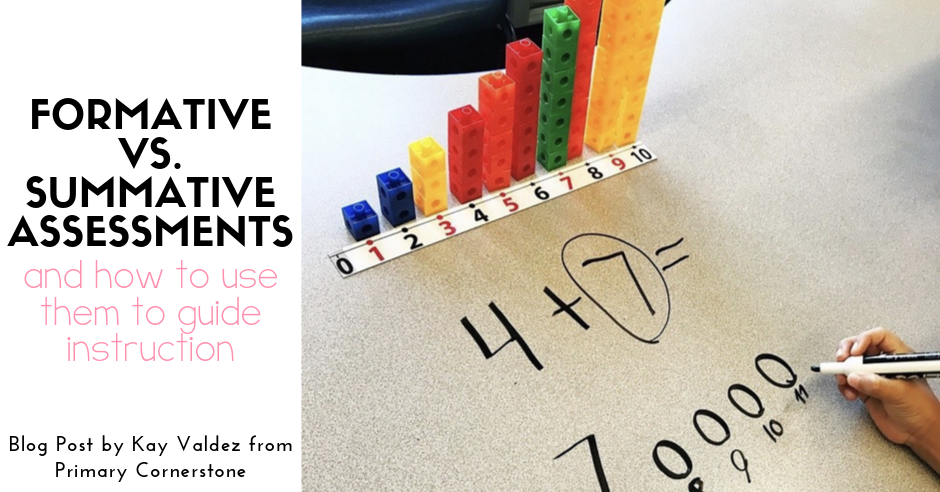Distinguishing Between Formative and Summative Assessments: A Guide to Instructional Choices
The debate between formative and summative assessments isn’t just academic. It’s about making informed decisions to optimize student learning. Have you ever pondered the distinctions between the two? Or wondered when to utilize which assessment and for what purpose? Let’s dive into these assessments and unravel the answers.
Formative Assessments Explained
The ultimate objective of formative assessments is to advance and refine the learning process.
Most people, when thinking of assessments, picture a silent classroom with students taking tests and getting scores afterward. Yes, that is an assessment, but it’s a summative kind, not formative.
Formative assessments are ongoing and daily procedures. They’re less about structured tests and more about teachers continually gauging students’ understanding. This doesn’t always involve paper; teachers often just observe and record student progress. These insights directly inform their teaching strategies, facilitating tailored instruction, whether it’s remedial teaching, differentiation, or further enrichment.
So, what do they look like in action?
Formative assessments are diverse, from worksheets and group tasks to verbal discussions. They could be as straightforward as the teacher making brief observations during a lesson. Such observations then shape future lesson plans or groupings.
A vital element of formative assessments is feedback. Offering students constructive feedback is crucial for their growth. For instance, there’s a detailed video and resource on providing efficient student feedback available [link here].
An example from my classroom: I utilize color cubes during math lessons, following a GROR (gradual release of responsibility) approach. Based on the cubes’ colors, students receive real-time feedback on their progress, ensuring immediate support tailored to their understanding.
Summative Assessments Unpacked
Summative assessments aim to validate the extent of student learning. They typically occur after a lesson or unit, reflecting a more structured approach.
Let’s be candid: summative assessments can be anxiety-inducing for both students and teachers, often due to external mandates. These assessments typically come with significant weight, potentially affecting perceptions about a student’s proficiency. While not all summative assessments are problematic, it’s essential to recognize both their benefits and pitfalls.
However, summative assessments aren’t exclusively high-pressure, externally-imposed exams. They can also be custom-designed by educators to assess learning over a particular unit, focusing on knowledge retention. The key difference is that while formative assessments prioritize feedback, summative ones result in a grade.
A common practice is to employ formative assessments during a lesson and then conclude with a summative exit ticket. Depending on its design, this exit ticket can be a reflection of the day’s lesson (summative) or a tool to inform the next lesson’s direction (formative).
Deciding Between Formative and Summative
The choice boils down to your objective. If your aim is to monitor progress and offer immediate support or feedback, lean towards formative assessments. If your goal is to evaluate retained knowledge and assign a grade, then a summative approach is more appropriate.

